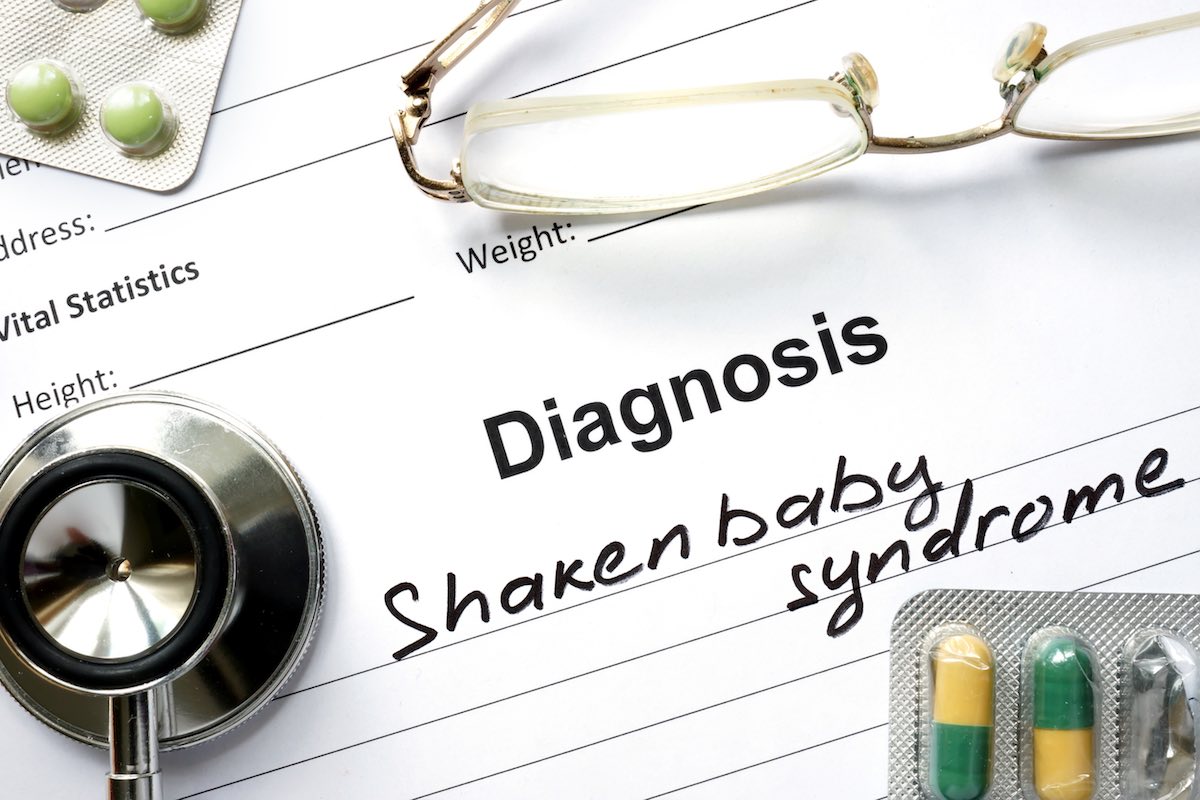
The parents we work with often tell us it’s a real struggle to find reliable information in one place about being accused of physical abuse, how care proceedings work and what they should be looking for when choosing a solicitor to represent them. We hope that by sharing our experiences with you we can help make the process clearer and easier to understand. Please get in touch at the earliest opportunity if you need legal representation or advice.
My name is Rachel Carter and, along with my team at Wollens, I represent parents and carers within complex care proceedings which involve allegations of physical abuse such as shaken baby syndrome, fractures, bruises, fabricated illness, etc. I am a member of the Law Society’s specialist Children’s Panel.
You can find out more about me and my colleagues here.
If you have been accused of shaken baby syndrome (also referred to as baby shaking, non-accidental head injury or the triad), it is likely that your child has at least one of the following:
- Bleeding within the eye (retinal haemorrhaging).
- Bleeding beneath the dura in the brain (subdural haemorrhaging).
- Damage affecting the brain function (encephalopathy).
The current consensus among medical professionals is that these injuries are caused by the movement and forces that take place during shaking (rotational acceleration and deceleration forces), with or without impact. The brain moves within the skull which causes the bridging veins to tear and bleed into the dura. These brain injuries are often accompanied by cessation of breathing (apnoea), floppiness, lethargy, vomiting, unconsciousness and/or seizures. There may also be other injuries present such as bruising or fractures.
Where non-accidental injury is suspected, there are many issues that will need to be considered including the timing/age of the alleged injury, the degree of force needed to cause it, how such an injury can be caused (the mechanism), the presentation of the child and, most importantly, the differentiation between natural causes (including medical conditions), accidental causes and non-accidental causes.
It is important that all medical causes are considered when looking at an alleged non-accidental injury. Although rare, some conditions can mimic signs of child abuse, these include Glutaric Aciduria, Osteogenesis Imperfecta, vitamin D deficiency (Rickets), bleeding disorders which can lead to easy bruising or bleeding, etc.
When an injury has been identified, either with no explanation or with an explanation that the doctors do not accept, it is likely that social services will become involved and the Local Authority will start care proceedings.
Whilst it is vital that you obtain legal advice early on if you are suspected of harming your child, it is equally as important to instruct a solicitor with the right knowledge and expertise for your circumstances.
This website contains information about different injuries, potential causes and the law relating to non-accidental injury. You will also find more information about myself, my colleagues and the work we do along with details of some of cases we have worked on. To read details of some of the cases that we have worked on, click here or to find out more about myself and the team, please click here.
If you have been accused of non-accidental injury and are seeking legal representation, get in touch now.
